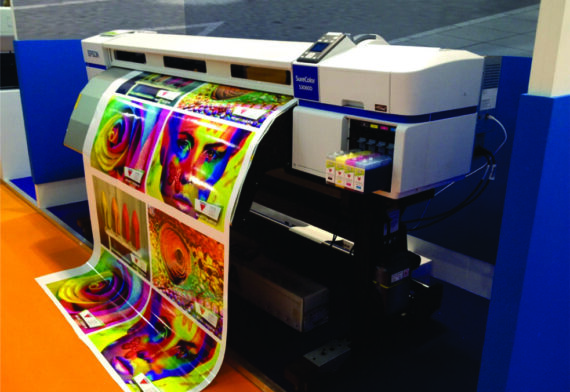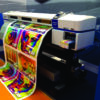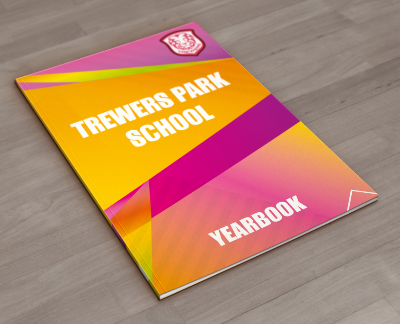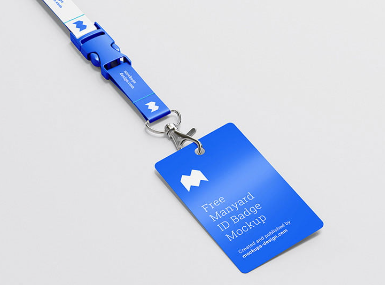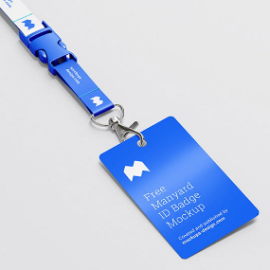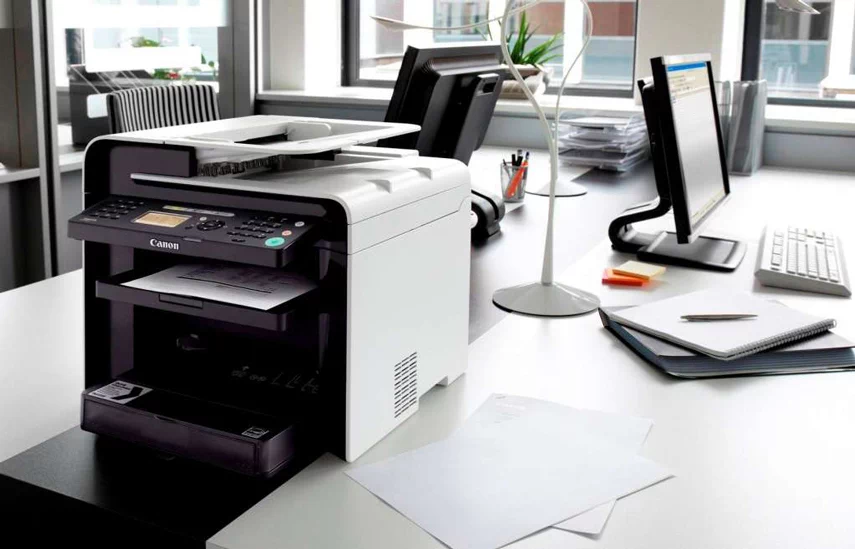
This post outlines key strategies on how to reduce printing costs for your business. The business environment is diverse and dynamic, with companies offering a wide range of services to meet the varying needs of their clients. However, cost reduction is one of the sure way to save money and increase operational efficiency. Whether you are using traditional desktop printers to large scale printing solutions, these devices play a crucial role in supporting your business commercial activities.
Reducing printing costs is a vital consideration for businesses aiming to optimize their operations and increase profitability. Printing expenses, often overlooked, can accumulate quickly and significantly impact a company’s bottom line. As a trusted printing company in Africa, we provide essential services and advise that help businesses cut cost while promoting their products and services through printed materials. Here are several strategies to help you reduce print costs effectively as a business.
How to Reduce Printing Costs for your Business
1. Conduct a Print Audit First
A print audit is the first step in understanding your current printing practices and identifying areas for improvement. It involves:
- Tracking Print Volume: Monitor the number of pages printed, copied, and scanned across your organization.
- Analyzing Print Usage: Determine which departments or employees are printing the most and for what purposes.
- Evaluating Equipment: Assess the efficiency and cost-effectiveness of your current printers, copiers, and multifunction devices.
By gathering this data, you can pinpoint inefficiencies and develop targeted strategies to reduce printing costs.
2. Implement Print Management Software
Print management software helps control and monitor printing activities. Features include:
- User Authentication: Require employees to log in before printing, ensuring accountability.
- Print Quotas: Set limits on the number of pages individuals or departments can print.
- Secure Print Release: Hold print jobs in a queue until the user releases them at the printer, reducing unclaimed printouts.
Popular print management solutions include PaperCut, PrintFleet, and Equitrac. These tools provide detailed reports and insights, helping you enforce printing policies effectively in your office.
3. Standardize and Optimize Printer Fleet
For big organizations that are using a lot of printers, standardizing your printer fleet can lead to significant savings. Steps include:
- Consolidate Devices: Replace individual printers with networked multifunction devices (MFDs) or All-in ones that handle printing, copying, scanning, and faxing. This reduces maintenance and supply costs.
- Right-Sizing: Ensure you have the right number of devices for your needs. Too many devices increase costs, while too few can lead to inefficiencies.
- Energy-Efficient Models: Choose printers with Energy Star certification or similar ratings to reduce energy consumption and lower utility bills.
Regularly review your printer fleet to ensure it aligns with your business needs.
4. Adopt Digital Documents Alternatives
Reducing the reliance on printed documents by adopting digital solutions can significantly cut costs. Strategies include:
- Digital Signatures: Use e-signature tools like DocuSign or Adobe Sign to eliminate the need for printing documents for signatures.
- Electronic Document Management Systems (EDMS): Implement systems like SharePoint or Dropbox Business to store, manage, and share documents electronically.
- Online Collaboration Tools: Use platforms like Slack, Microsoft Teams, or Google Workspace to facilitate communication and collaboration without printing.
Encourage employees to use these digital tools instead of physical documents printing whenever possible.
You May Like: 10 Types of Printing Machines and Their Uses
5. Implement Print Policies
Establishing clear print policies for your company can reduce unnecessary printing and waste. Consider the following:
- Default to Duplex Printing: Set all desktop printers to print double-sided by default, halving paper usage.
- Default to Grayscale: Configure your printers to print in black and white by default, reserving color printing absolutely for when it’s necessary.
- Print Preview and Proofing: Encourage employees to use print preview to catch errors before printing and reduce the need for reprints or waste printing paper and inks.
Communicate these policies clearly to all employees and include them in your staff onboarding training.
6. Optimize Print Settings
Adjusting print settings can lead to substantial savings. Recommended settings include:
- Eco-Mode: Use eco-mode settings to reduce toner usage without compromising print quality significantly.
- Draft Quality: Print internal documents in draft quality to save on ink or toner.
- Font Selection: Choose fonts that use less ink, such as Century Gothic or Ecofont.
These settings can be configured as defaults on all networked printers.
7. Reduce Paper Usage
Minimizing paper consumption directly cuts costs. Effective methods include:
- Digital Distribution: Distribute documents electronically via email or cloud services instead of printing.
- Print on Demand: Only print documents when absolutely necessary, avoiding pre-printing large quantities.
- Reuse and Recycle: Encourage the use of scrap paper for notes and drafts and recycle used paper.
Educate employees on the environmental and financial benefits of reducing paper usage.
8. Maintain Equipment Regularly
Regular maintenance of printers and photocopiers can prevent costly breakdowns and extend their lifespan. Tips include:
- Scheduled Servicing: Follow manufacturer guidelines for routine maintenance and equipment servicing.
- Cleaning: Keep printers clean and dust-free to avoid malfunctions.
- Software Updates: Regularly update printer firmware and drivers to ensure optimal performance.
A well-maintained printer fleet operates more efficiently and with fewer issues.
9. Purchase Print Supplies Wisely
Buying printer supplies smartly can reduce costs. Consider:
- Bulk Purchasing: Buy ink, toner, printer cartridges and paper in bulk to take advantage of discounts.
- Compatible Cartridges: Use high-quality compatible or remanufactured cartridges instead of brand-name ones.
- Supplier Contracts: Negotiate contracts with wholesale printing consumables suppliers for better rates and terms.
Monitor supply usage to avoid overstocking and wastage.
Related: 8 Types Of Printing Papers in Nigeria and Their Uses
10. Encourage a Print-Conscious Culture
Cultivating a print-conscious culture among employees is crucial. Strategies include:
- Education and Training: Educate employees on the cost of printing and the benefits of reducing daily print volume.
- Incentives: Offer incentives for departments or employees who achieve significant reductions in the cost printing.
- Awareness Campaigns: Run awareness campaigns highlighting the environmental impact of excessive printing.
A culture that values resource efficiency can lead to sustained reductions in printing costs and carbon foot prints.
11. Utilize Cloud Printing Solutions
Cloud printing allows for centralized management and reduces the need for on-premises infrastructure. Benefits include:
- Accessibility: Employees can print from anywhere, using any device, which reduces the need for multiple printers.
- Cost Efficiency: Pay-per-use models can be more cost-effective than maintaining an extensive in-house print infrastructure.
- Scalability: Easily scale printing capabilities up or down based on business needs.
Services like Google Cloud Print (though now deprecated) or newer solutions like PrinterLogic offer robust cloud printing capabilities.
12. Consider Print Outsourcing Options
For businesses with high-volume printing needs, outsourcing can be a viable option. Consider:
- Managed Print Services (MPS): Providers like Xerox, HP, and Ricoh offer comprehensive MPS solutions that manage all aspects of printing for a fixed monthly fee.
- Print Shops: Outsource large print jobs to professional print shops like iPrints Nigeria can be more cost-effective for small businesses or established firms.
Contact us for a free quote or cost estimation now. You can compare our print costs and benefits to determine if outsourcing is right for your business.
13. Invest in Training and Support
Training employees on efficient printing practices can lead to significant cost savings. Consider:
- Workshops: Conduct workshops on how to use print management software and optimize printer settings.
- Support Resources: Provide resources and guides on best practices for printing and troubleshooting common issues.
Well-informed employees are more likely to follow cost-saving practices consistently.
14. Monitor and Adjust Strategies
Continuously monitor the effectiveness of your cost-reduction strategies and policies, make adjustments as needed. Use:
- Regular Reviews: Schedule regular reviews of print usage and costs to identify new opportunities for savings.
- Feedback Loops: Encourage employees to provide feedback on printing policies and suggest improvements.
- Benchmarking: Compare your printing costs with industry benchmarks to gauge your performance.
An adaptive approach ensures long-term success in reducing printing costs.
Wrapping Up: How to Reduce Printing Costs
Reducing printing costs requires a multifaceted approach that includes technology, policies, and culture change. By conducting a thorough print audit, implementing print management software, standardizing your printer fleet, adopting digital alternatives, and fostering a print-conscious culture, businesses can achieve substantial savings.
Regular printer maintenance, wise purchasing, and continuous monitoring of organizational practices further enhance these efforts. With a strategic and comprehensive approach, businesses can significantly reduce their printing expenses, contributing to overall operational efficiency and profitability.
iPrints stands out as the leading printing company in Nigeria. We pride ourselves on delivering high-quality prints with an express delivery nationwide; offering everything from business cards printing, flyers, books, booklets, calendars, company brochures, and posters to custom packaging, t-shirts, and promotional materials.






